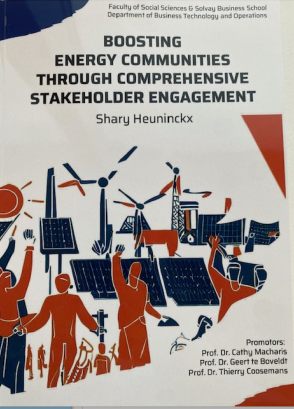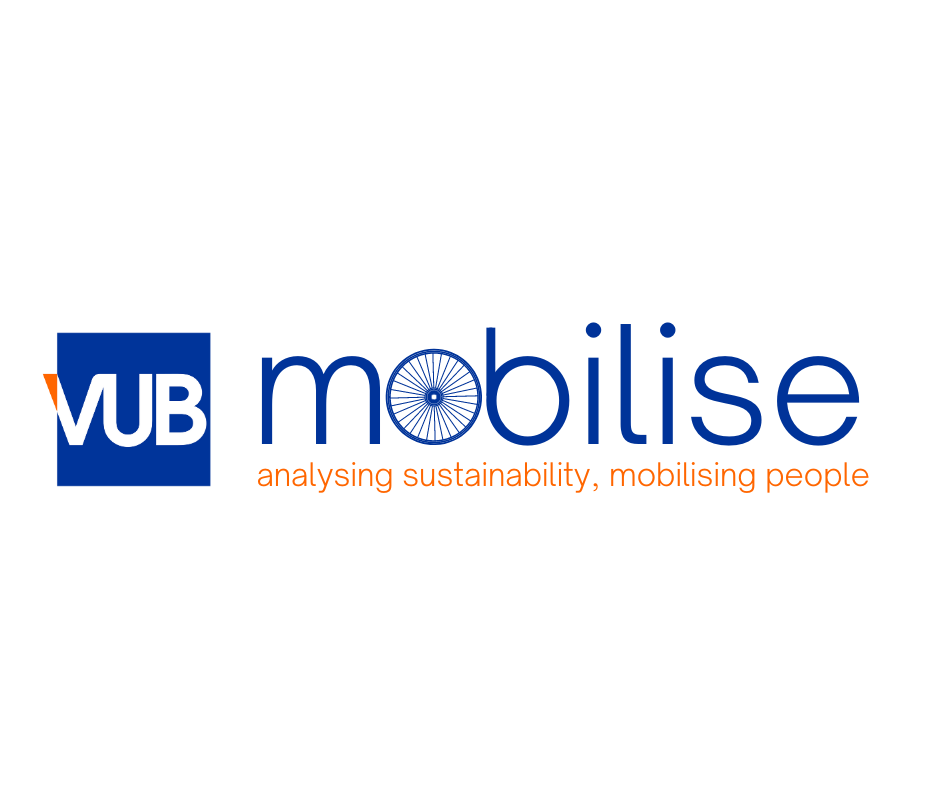
Abstract:
Within the ongoing energy transition (away from large, centralized energy generation facilities like nuclear power plants and fossil-fuel-fired power plants towards more distributed renewable energy (RE) production units such as photovoltaics (PV)), an important role can be played by energy communities (ECs). Facilitating the setup of these local entities where as much RE as possible is consumed, produced, and aligned internally, can greatly increase the share of RE in the whole energy system and ensure a more stable energy supply for all. As open democratic governance is a core aspect of ECs, they also provide an opportunity for active participation in the energy system and environmental and social benefits for all. But even though the prices of RE assets have fallen greatly in recent years, and regulations have been established to enable the implementation of EC initiatives, the uptake is not booming yet. This research aims to alter the situation and stimulate increased uptake, by offering practical as well as informative input to facilitate EC support and adoption.
This research aims to provide further insight into what can facilitate this uptake and hence accelerate the ongoing energy transition. The focus is more specifically on one particular hurdle: stakeholder reluctance toward adoption due to insufficient knowledge of the (complex) subject matter and the proposed EC options not meeting their needs. One crucial factor that can help reduce this reluctance, and that serves as the central focus of this dissertation, is the facilitation of stakeholder involvement throughout the whole EC setup process. It can stimulate the translation of all needs and wants into the final EC design and it fosters knowledge-building to prevent the complexity of the topic from holding back potential participants. Additionally, the continuous active involvement of all relevant actors boosts the stakeholder empowerement that is an essential aspect of ECs. Where most existing engagement efforts and studies focus on the implementation phase of EC development, this research mainly directs its attention to the prior setup and design steps. The goal is therefore to perform a detailed study of the components that are essential in the setup of an EC, with a specific focus on the forms such a community can take, the main motivations for various types of stakeholders to take part in energy community initiatives, and tools of engagement that can be used during the setup process. These are all elements that have not been extensively studied before. The results provide useful insights and practical tools to boost the uptake and development of supported EC initiatives through a setup process with an integrated stakeholder engagement process.
ECs can take many forms, depending on the local context, size, goals, and stakeholder needs. Through an analysis of different existing EC types, a practical toolkit is developed that can be used to construct potential ECs in future initiatives. This consists of eight primary design components that have been identified. A real-life case study is conducted to test the toolkit, resulting in the co-design of very particular potential EC solutions that were supported by all participants, as well as in raised stakeholder knowledge on the topic.
This dissertation also considers what motivates various stakeholders to join or start an EC project, and what are the barriers to participation, so that facilitation plans for ECs can be developed. First, an analysis of the different relevant stakeholders is performed, determining their motivations for joining an EC initiative, using input from real-life cases. A second study contains a more in-depth analysis of the motivations and hurdles of commercial stakeholders in a specific existing mixed industrial park, given that these types of sites have huge potential for the installation of renewable energy hardware and ECs. A third analysis focuses on the specifics of the energy data acquisition hurdle, which is identified as one of the biggest general barriers to the setup of ECS. These studies show that the objectives of potential EC members are always multi-faceted and subject to change over time. There is a greater willingness to reconsider personal objectives and seek compromises when stakeholders are actively involved in the design process. The barriers for the case study companies to joining an EC initiative are mainly related to a lack of knowledge and perceived topic complexity, and not to trust issues. A key hurdle for the setup of an EC is the struggle to acquire the quality data about energy consumption and production that are necessary for the technical design and evaluations of potential EC solutions. This is mainly caused by time-consuming practical problems rather than trust concerns, with energy consumers seeming less hesitant to share their data than suggested in the existing literature. Creating awareness of these problems can help EC initiators overcome them more easily.
The central line throughout the research is the focus on the importance of stakeholder engagement in every step of the process. Because it is essential to reach an end result that can be supported by all who are needed for the implementation, different stakeholder engagement tools and techniques are proposed, depending on the goal and the EC setup phase. The dissertation looks into the potential of the Multi-Actor Multi-Criteria Analysis (MAMCA) methodology as a general framework for stakeholder engagement during the setup of ECS. The study distinguishes three main phases: the awareness-raising phase, the EC design and decision-making phase, and the implementation phase. For every phase, potential engagement goals and their corresponding tools and techniques are linked to a MAMCA step. A theoretical analysis based on existing stakeholder engagement theories as well as an evaluation of a case study application indicates that the resulting multi-layered practical framework can stimulate the development of EC solutions that cater better to stakeholder needs and gather more support, by providing assistance in deciding on and deploying the best-suited engagement technique for each project step. Additionally, the effects that arise from the application of the framework on participants are examined in eight cases. This study shows a positive impact on three core aspects: knowledge raising, social learning, and the fulfillment of stakeholder expectations and engagement goals. Linked to this positive impact, willingness to join an EC initiative increased among participants. The framework has been appreciated best for its knowledge-enhancing characteristics, as it offers a structured insight into the impact of various EC solutions as well as the steps of the setup process.
